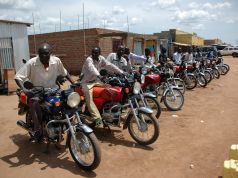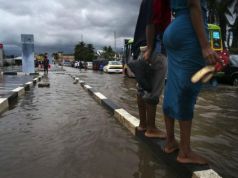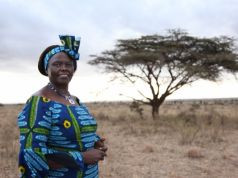Mozambique’s demining programme continues
Almost 20 million sqm of Mozambican land deemed dangerous due to anti-personnel land mines had been made safe between 2008 and 2011 as part of Mozambique's National Mine Action Plan, according to foreign minister Oldemiro Baloi.
The 728 separate areas had previously been designated as “unavailable for the development of social and economic activities”. However Baloi said that a further 16 million sqm of land suspected of containing buried explosives remain to be cleared, representing his government with "an enormous challenge".
The 377 suspect areas include border territory between Mozambique and Zimbabwe, as well as land around major national facilities such as the Cahora Bassa dam on the Zambezi river and under power line pylons in the provinces of Maputo, Manica and Sofala provinces.
Between 2008 and 2011, explosions of mines in rural Mozambique resulted in the deaths of 23 people and injured a further 35. Much of northern Mozambique has been cleared of mines but the southern part of the country is still badly-affected.
To fulfil its obligations under the Ottawa Treaty – a 1997 convention on the banning of anti-personnel mines –Mozambique has until 2014 to rid itself of mines. On behalf of his government Baloi appealed to the international community to help raise the almost $18 million needed by Mozambique to complete the programme.
Over recent years, activists claim that funding for demining has become less of a priority for donors, many of whom are now more concerned with tackling HIV/AIDS and climate change.
The first mines were planted in Mozambique by former colonial power Portugal during the independence struggle between 1964 and 1974. By the end of the subsequent civil war from 1977 to 1992, Mozambique was one of the world’s most heavily mined countries, left with an estimated half a million unexploded mines.





























